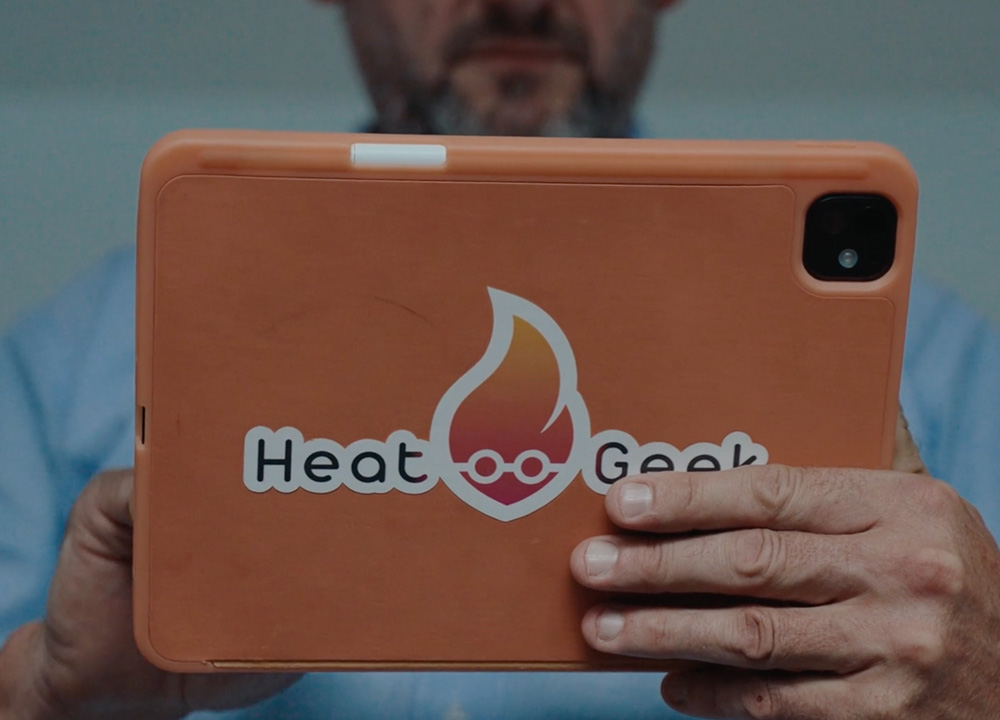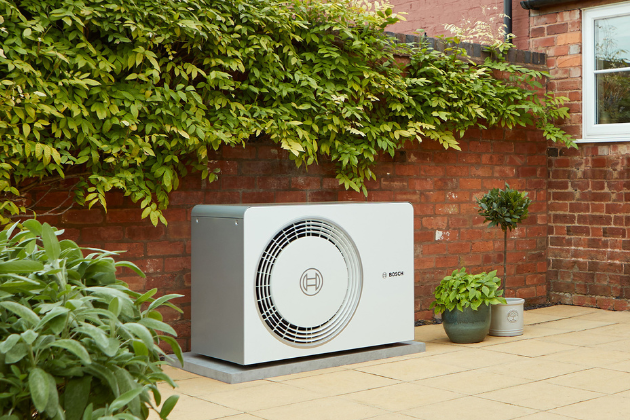When Ian Chataway and his wife moved into their modern 1,900 square foot bungalow in December 2023, they faced a dilemma. Their new build came with a gas boiler, but Ian had previous experience with heat pumps and was keen to explore more sustainable heating options for their home.
The Challenge: Conflicting Advice
Having previously installed a ground source heat pump with boreholes at significant expense, Ian was understandably cautious about investing in another heat pump system. He decided to research air source heat pumps and contacted three different companies for quotes.
What should have been a straightforward process quickly became confusing. Despite all three companies knowing the property specifications, their recommendations varied wildly:
- One suggested a 14 kilowatt heat pump
- Another recommended 8.5 kilowatts
- The third proposed 8 kilowatts
"I was very confused why this difference," Ian recalls. "They didn't instill confidence. It started to put me off heat pumps actually."
Finding the Right Partner
Determined to make an informed decision, Ian continued his research online and discovered JLN Plumbing & Heating. He submitted an enquiry through our website one evening, and by the following morning, he had received a detailed quote.
The recommendation? A 3.5 kilowatt heat pump – dramatically smaller than the other quotes.
This significant difference prompted James from JLN to visit Ian's property to explain the sizing in detail. "He came round and explained in great detail the operation of a heat pump and the importance of actually getting the right size heat pump," Ian says. "Overall, he instilled 100% confidence."
The Perfect Property for Heat Pump Technology
Ian's bungalow was ideally suited for an air source heat pump installation. As one of four luxury retirement bungalows on a complex, the property featured underfloor heating throughout – perfect for the super low flow temperatures that make heat pumps so efficient.
The property was originally heated using LPG from a shared tank, and Ian was keen to move away from this setup towards more sustainable technology.
The Zero Disrupt Approach
Using Heat Geek's Zero Disrupt algorithm, we were able to assess every aspect of Ian's existing heating system. The technology scanned each room, calculated heat loss, and evaluated the fabric makeup of the property.
The results were encouraging. The algorithm confirmed that:
- All existing radiators and underfloor heating were suitable
- No major pipework changes were needed
- The existing hot water cylinder could be retained
This last point was particularly important, as Ian's cylinder was only two years old. "It seems quite wasteful to be stripping out cylinders that are perfectly suitable to be used with a heat pump," Ian notes.
To his pleasant surprise, the final quote was actually lower than the initial estimate provided over the phone.
A Three-Day Installation
When installation day arrived, Ian was told the entire process would take just three days. This included:
- Building a concrete platform for the heat pump unit
- Running all necessary pipework into the property
- Full commissioning on the third day
"The team were excellent," Ian says. "The fitters knew exactly what they were doing and it was very successful."
The installation went exactly according to plan, with everything included in the quoted price.
Ongoing Support and Monitoring
One of the unique benefits of working with JLN and Heat Geek is the ongoing monitoring and support. Heat Geek's system allows continuous performance tracking of the heat pump, ensuring it's operating at optimal efficiency.
Recently, Heat Geek identified an opportunity to improve the system's performance and contacted JLN to make adjustments. "It's comforting to know that they are able to continually monitor the performance of the heat pump," Ian explains.
Real-World Performance
After his first winter with the air source heat pump, Ian has been pleasantly surprised by the results. Using the monitoring system, he calculated that running the heat pump for 24 hours cost just over a pound in electricity.
"It's just the same as what it was before with a conventional gas boiler," he notes. "If it continues in this way throughout this first winter, I'll be delighted."
Ian's Recommendation
Looking back on his journey from initial confusion to complete satisfaction, Ian is clear about his recommendation:
"In the case of this with JLN and Heat Geek, the initial contact and the information that flowed gave you the confidence and the knowledge to proceed. I would 100% recommend JLN to anybody and also Heat Geek being excellent as well from the point of view of the ongoing monitoring and help that they've provided."
Making the Switch to Air Source Heat Pumps
Ian's story demonstrates the importance of:
- Proper sizing: Not all heat pump installers use advanced algorithms to determine the right size for your property
- Expert knowledge: Understanding how heat pumps work and why certain recommendations are made
- Minimal disruption: Using existing infrastructure where possible to reduce costs and installation time
- Ongoing support: Continuous monitoring ensures your system performs optimally year after year
If you're considering making the switch to an air source heat pump, our team at JLN Plumbing & Heating would be happy to assess your property and provide expert, honest advice about whether a heat pump is right for your home.
Contact us today for a free consultation and discover how we can help you reduce your carbon footprint while maintaining a comfortable, warm home.










.svg)


.svg)
